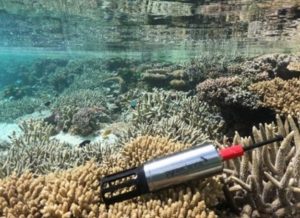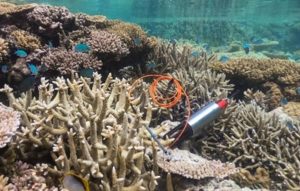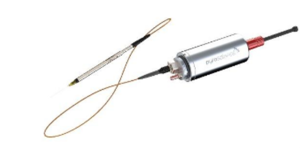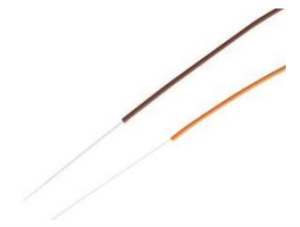Many thanks to PyroScience who recently provided webinars to HydroTerra to teach us more about their vast portfolio of loggers and sensors for underwater applications that are changing the way we observe and understand aquatic environments.
These cutting-edge tools provide scientists, researchers, and environmentalists with the ability to gather precise and real-time data, enabling comprehensive analysis of the health and dynamics of various underwater ecosystems. Such insights are even helping assess the impact of climate change on marine life.
Up until recently, HydroTerra have been offering the Pyroscience range of AquapHOx underwater transmitters. Now, there’s some exciting news – HydroTerra can provide the PyroScience range of laboratory technology that includes a range of loggers and sensors. Pyroscience’s loggers are equipped with sensors that measure some of the most important parameters in marine research, including Temperature, Pressure, Dissolved Oxygen and pH levels.
The loggers can be deployed for extended periods, providing continuous data collection. Through analysis of the data, scientists can detect patterns, correlations, and anomalies, providing crucial learnings about the underwater ecosystems.
The versatility and durability of Pyroscience loggers and sensors make them suitable for multiple underwater environments, including oceans, rivers, lakes, and even in challenging conditions required for deep-sea exploration. The devices are designed to withstand harsh conditions, such as extreme pressure and temperature, while maintaining accuracy.
Various types of sensors are available allowing you to select the one that best suits your application:

Optical Sensor Caps
Screws onto the logger directly and is great for long-term measurements in natural water bodies. Comes in variations that allow high speed, ultra-high speed, and ultra-trace detection.

Fiber-Based Sensors
Contain robust oxygen sensors in a stainless-steel tube, which can be applied in coastal ecosystems like estuaries, kelp forests, seagrass meadows, intertidal zones, oyster and coral reefs. Also used for measuring sediment, in situ.

Fiber-Based Sensors Needle-type sensor with retractable sensor tip
Can be used for measurement of photosynthesis. Is inserted into algae or corals, semi-solid sediments, biofilms or tissues for pH measurements in oceanographic research and aquatic sciences (total scale sensor for pH 7-9). It is important that this sensor if thoroughly rinsed after use in seawater applications, to avoid sensor damage.
Fixed Needle-type mini sensors with fixed sensor tip and gas-tight housing
Used with protruding sensor tip for saltwater applications, such as 2D profiling of water columns. Good for measuring:
- in oxygen minimum zones
- respiration rates in situ
- photosynthesis rate
- profiling semi-solid samples like sediments, biofilms, corals, or soft tissue

Bare Fiber Sensors without housing
With integration in customized housings with complex geometries, these can be directly inserted into samples, e.g., sediments – and also measure eddy covariance of benthic oxygen fluxes, and photosynthesis.

Sensor Spots:
Allow contactless measurements through transparent windows, e.g., glass walls. This can be used for oxygen monitoring in enclosed aqueous samples underwater, respirometry of fish underwater, measurement of oxygen uptake/respiration rates, and measurement of oxygen evolution/net photosynthesis rates in chambers. It can also be used for pH monitoring in enclosed aqueous samples underwater (in situ) and pH monitoring during respiration and photosynthesis measurements underwater.
Furthering the capabilities and versatility of these sensors are some new underwater sensor protection accessories, such as the new anti-biofouling nets for the APHOX devices.
Additionally, the integration of these advanced loggers with sophisticated software systems allows for efficient data analysis and visualisation. This integration streamlines the interpretation of the vast amount of information collected, helping identify trends and critical changes in the monitored parameters. Researchers can create models and simulations based on this data, predicting potential scenarios and understanding the consequences of environmental shifts in underwater ecosystems.
These products will be up on our website shortly. For now, check out our range of PyroScience AquaPHOx products.






